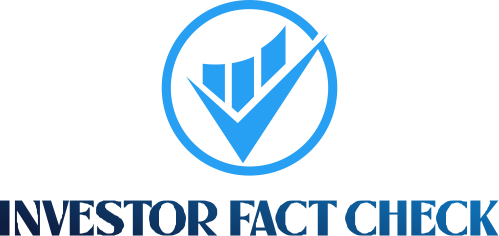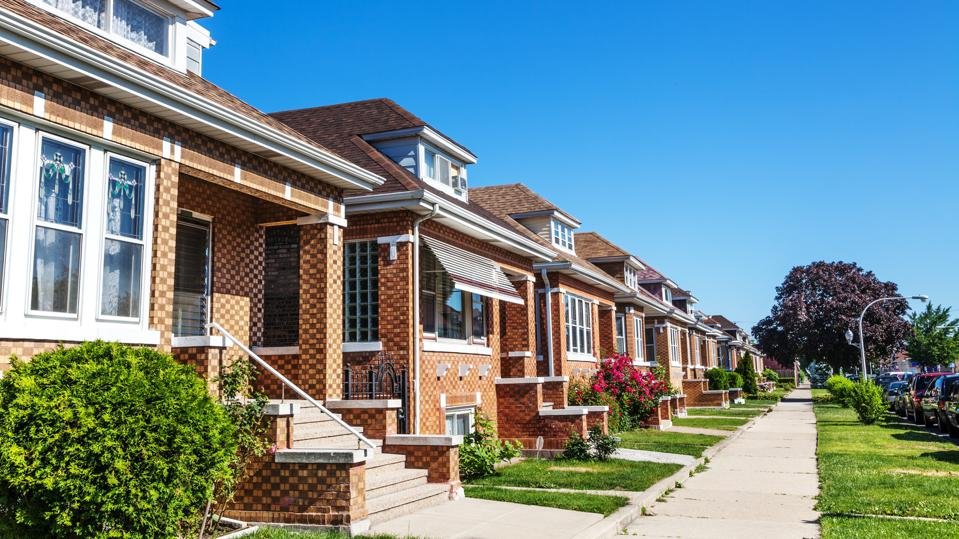Editorial Note: We earn a commission from partner links on Forbes Advisor. Commissions do not affect our editors’ opinions or evaluations.
Today, the mortgage interest rate on a 30-year fixed mortgage is 6.48%, according to the Mortgage Research Center. On a 15-year fixed mortgage, the average rate is 5.44%, and the average rate on a 30-year jumbo mortgage is 6.67%.
30-Year Mortgage Rates Drop 2.57%
Borrowers will pay less in interest this week as the average rate on a 30-year mortgage is 6.48% compared to a rate of 6.65% a week ago.
The APR, which includes the interest and all of the lender fees, on a 30-year, fixed-rate mortgage is 6.51%. The APR was 6.68% last week.
To borrow a $100,000 in a 30-year, fixed-rate mortgage with the current rate of 6.48%, you will pay about $631 per month in principal and interest (taxes and fees not included), the Forbes Advisor mortgage calculator shows. You’d pay around $127,758 in total interest over the life of the loan.
15-Year Mortgage Rates Drop 4.12%
Today, the 15-year mortgage rate inched down to 5.44%, lower than it was one day ago. Last week, it was 5.68%.
On a 15-year fixed, the APR is 5.49%. Last week it was 5.72%.
At today’s interest rate of 5.44%, a 15-year fixed-rate mortgage would cost approximately $814 per month in principal and interest per $100,000. You would pay around $46,980 in total interest over the life of the loan.
Jumbo Mortgage Rates Drop 3.54%
The current average interest rate on a 30-year fixed-rate jumbo mortgage (a mortgage above 2025’s conforming loan limit of $806,500 in most areas) is 6.67%. Last week, the average rate was 6.92%.
If you lock in the latest rate on a 30-year, fixed-rate jumbo mortgage, you will pay $643 per month in principal and interest per $100,000 borrowed, which amounts to $132,205 in total interest over the life of the loan.
Mortgage Rate Trends in 2025
Mortgage rates initially trended downward post-spring 2024. However, they surged again in October 2024—despite cuts by the Federal Reserve to the federal funds rate (its benchmark interest rate) in September, November and December 2024.
Rates began to drop again in mid-January 2025, but experts don’t forecast them falling by a significant amount in the near future.
When Will Mortgage Rates Go Down?
Mortgage rates are influenced by various economic factors, making it difficult to predict when they will drop.
Mortgage rates follow U.S. Treasury bond yields. When bond yields decrease, mortgage rates generally follow suit.
The Federal Reserve’s decisions and global events also play a key role in shaping mortgage rates. If inflation rises or the economy slows, the Fed may lower its federal funds rate. For example, during the Covid-19 pandemic, the Fed reduced rates, which drove interest rates to record lows.
A significant drop in mortgage rates seems unlikely in the near future. However, they may decline if inflation eases or the economy weakens.
How To Calculate Mortgage Payments
Before you look for a house, you should get to know your budget. This will give you an idea of the type of house you can afford. A good place to start is by using a mortgage calculator to get a rough estimate.
Simply input the following information:
- Home price
- Down payment amount
- Interest rate
- Loan term
- Taxes, insurance and any HOA fees
How Are Mortgage Rates Determined?
Multiple factors affect the interest rate for a mortgage, including the economy’s overall health, benchmark interest rates and borrower-specific factors.
The Federal Reserve’s rate decisions and inflation can influence rates to move higher or lower. Although the Fed raising rates doesn’t directly cause mortgage rates to rise, an increase to its benchmark interest rate makes it more expensive for banks to lend money to consumers. Conversely, rates tend to decrease during periods of rate cuts and cooling inflation.
Home buyers can make several moves to improve their finances and qualify for competitive rates. One is having a good or excellent credit score, which ranges from 670 to 850. Another is maintaining a debt-to-income (DTI) ratio below 43%, which implies less risk of being unable to afford the monthly mortgage payment.
Further, making a minimum 20% down payment can help you avoid private mortgage insurance (PMI) on conventional home loans. If you can afford the larger monthly payment, 15-year home loans have lower rates than a 30-year term.
What Is the Best Type of Mortgage Loan?
Many home buyers are eligible for several mortgage loan types. Each program can have its own advantages:
- Conventional mortgage. A conventional home loan is ideal for borrowers with good or excellent credit to qualify for competitive rates. Additionally, making a minimum 20% down payment helps you waive private mortgage insurance premiums.
- FHA loan. An FHA home loan is best when applying with imperfect credit or a low down payment. You can put as little as 3.5% down with a credit score above 580. A minimum 10% down payment is necessary for credit scores ranging from 500 to 579.
- VA loan. Borrowers with a qualifying military background may prefer a VA loan for its flexibility. A down payment may not be required. While you pay a one-time funding fee, there are no ongoing mortgage insurance premiums or service fees.
- USDA loan. Applicants in eligible rural areas can buy or build a home with no down payment, although an upfront and annual guarantee fee applies. Additionally, income requirements apply and this program requires a moderate income or lower.
- Jumbo loan. Homebuyers in a high-cost-of-living area will need to apply for a jumbo loan when the loan amount exceeds the Federal Housing Finance Agency’s conforming loan limits. The limit in most municipalities is $806,500 in 2025.
Frequently Asked Questions (FAQs)
What is a good mortgage rate?
A competitive mortgage rate currently ranges from 6% to 8% for a 30-year fixed loan. Several factors impact mortgage rates, including the repayment term, loan type and borrower’s credit score.
How often do mortgage rates change?
Lenders adjust mortgage rates daily based on economic conditions, inflation, bond market movements and Federal Reserve actions.
If you’re shopping around for a mortgage, remember that you might be able to lock in a rate for 30 up to 120 days, depending on the lender. Note that some lenders charge a fee to lock your rate while others offer the service for free.
What’s the difference between a mortgage interest rate and a mortgage APR?
A mortgage interest rate reflects what a lender is charging you on top of your loan amount in return for allowing you to borrow money.
Annual percentage rate (APR), on the other hand, is a calculation that includes both a loan’s interest rate and finance charges, expressed as an annual cost over the life of the loan. In other words, it’s the total cost of credit. APR accounts for interest, fees and time.
Since APRs include both the interest rate and certain fees associated with a home loan, the APR can help you understand the total cost of a mortgage if you keep it for the entire term. The APR will usually be higher than the interest rate, but there are exceptions.




